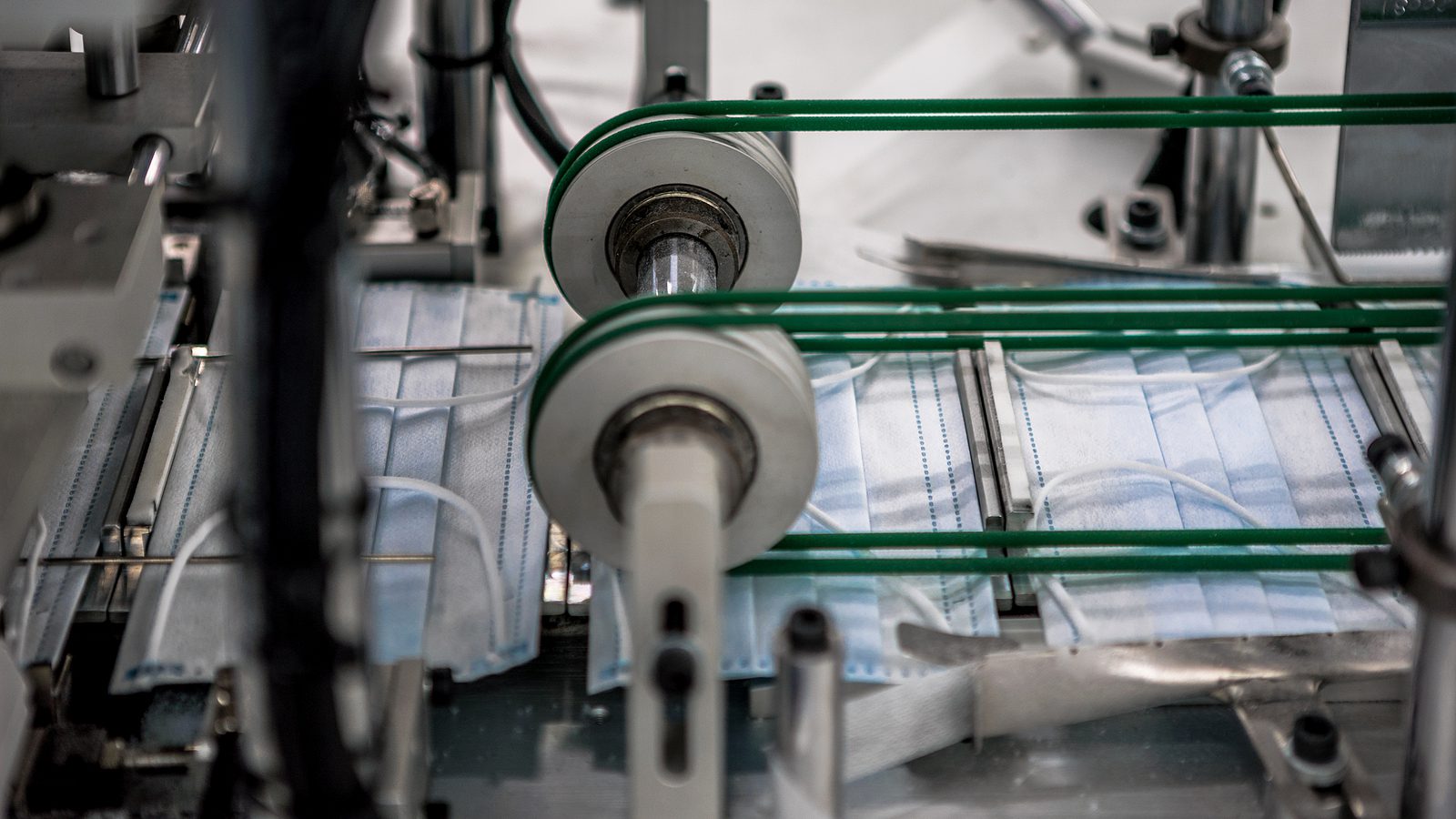By Laser 1 Technologies
The Principles And Philosophy Of Lean Manufacturing
Lean Manufacturing is a widely embraced philosophy of production with roots in Japan’s Toyota Motor Corporation, which has been building cars since its founding in 1937. The principles and philosophies evolved over the course of decades, and were named, formalized and detailed in the late 20th century.
Inspired by a visit to the Ford facility in Michigan, Eiji Toyoda and Taiichi Ōno collaborated to improve Toyota factory processes, and eventually developed the Toyota Production System. Authors James Womack and Daniel Jones studied this system and identified the five principles in their book Lean Solutions.
Lean Manufacturing is based on five key principles: Identify value, map the value stream, create flow, establish pull and seek perfection. By consciously embracing these principles, businesses aim to reduce costs, improve quality, increase production, and increase profits.
The five lean manufacturing principles informed Toyota’s success by centering products and production on what customers really want.
Consider each of these five principles, and the role they may play in your operation.
Identify Value
Identifying value is the critical first step in the journey to becoming lean. According to this principle, a business must recognize and define what customers actually value, and how their services/products meet those values. This means discerning the difference between “customers want cars” and “customers want reliable economical transportation.” By drilling down on what customers actually seek and value, manufacturers can remove those features which don’t actually meet customer needs. By so doing, they can ideally eliminate wasteful steps which devoted to unwanted features.
Map the Value Steam
Mapping the value stream carefully considers the complete life-cycle of a product, including product design, customer use of the product, and the ultimate disposal of the product. This mapping process helps identify and minimize steps that do not add value.
Create Flow
Creating flow is about ensuring that products move through the production process with minimum friction. By taking into account every factor from people to equipment to materials to shipping, efficiency is maximized, thus reducing inventory, production time, and material handling.
Establish Pull
Traditionally, production is based on a push system, in which the process begins with purchasing supplies and proceeds by pushing material through the manufacturing process, regardless of whether there is an order for the product. Conversely, in a pull system products are launched when the shipping department receives a customer order, signaling the manufacture of new items and the purchase of additional inventory.
Pull systems are harder to create than push systems, but they eliminate excess work-in-progress (WIP); reduce inventory; increase output; and maximize usable workspace. They also eliminate costly underproduction and overproduction. They are another expression of Just In Time philosophy.
Seek Perfection
Seeking perfection may seem straightforward, but it’s often a very difficult principle to apply in the workplace. It requires a holistic view, emphasizing continuous improvement of practices and a shift in workplace culture. It depends on and empowers every worker to contribute to optimize all business practices.
To fully embrace all aspects of Lean Manufacturing is ambitious, but the great success of Toyota and their global reputation for quality, long-lasting products testifies to the merits of the philosophy.




